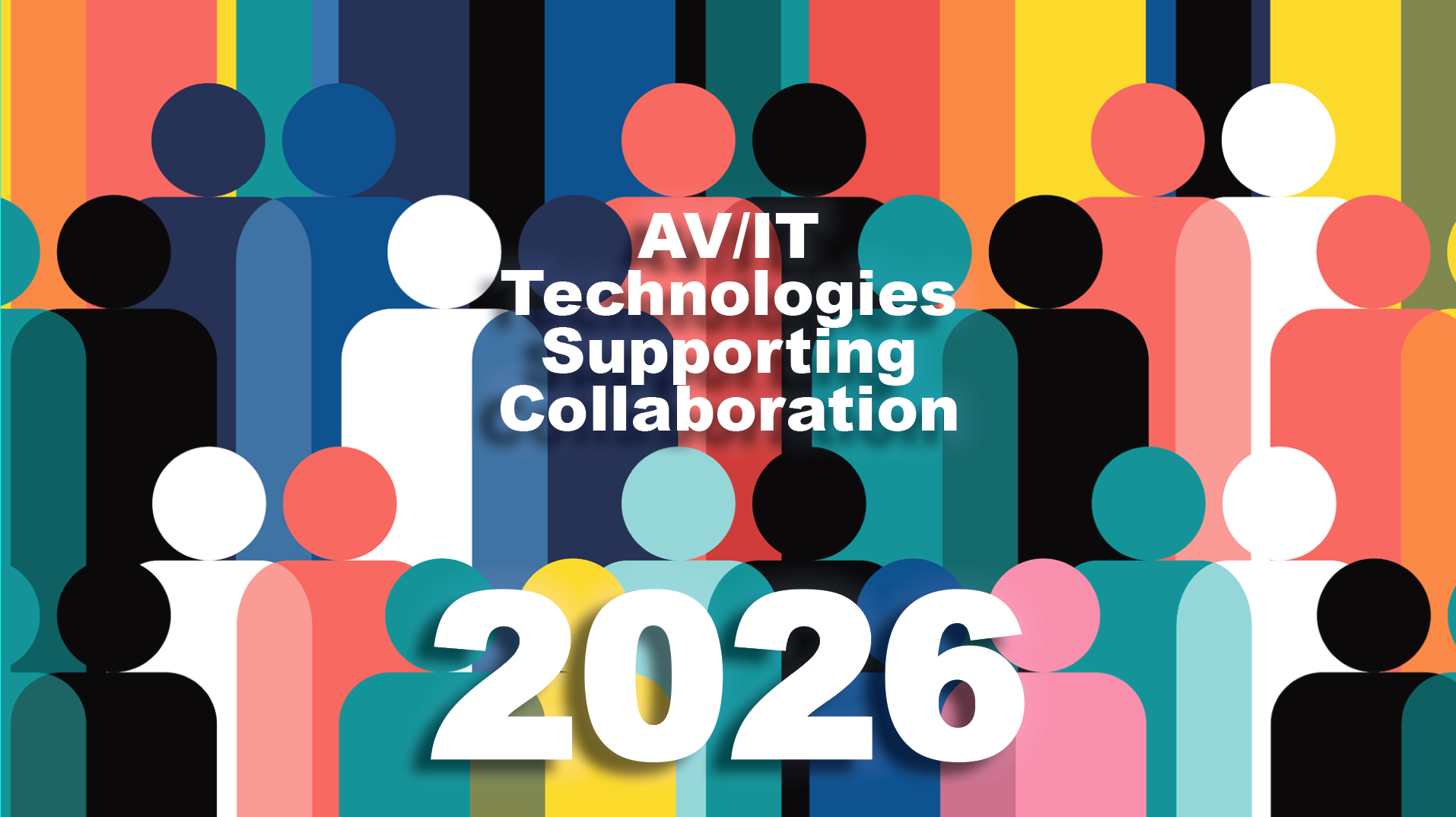Making a Case for Tech Upgrades

Depending on who ultimately signs off on the budget, AV technology can be viewed as a wise investment or a bunch of “cool, nice-to-have, but not-necessary” gadgets. For tech managers, the challenge is convincing the powers that be that not only can AV improve communications within an organization, but that if it’s not regularly retired, recycled, and replaced, it will become glitchy and ineffective.
[Keeping Mission-Critical Systems Online]

Mathew Slack, service designer, digital workspace at CIBC, a financial institution headquartered in Toronto, starts to address this challenge by working with all of a project’s stakeholders (including those holding the budget) to define what business issue the new AV investment will solve, and the technical requirements for getting there. Then, he puts it in writing. “Not only does that help with ensuring that when it comes time to actually install and implement the solution with an integrator, or design it with a consultant, that they provide not only the system that you want, but it also helps to explain the business value of the technology that’s being acquired,” he said. Additionally, it provides a written reference of what was originally agreed upon, which helps to avoid confusion too late in the game, he noted.
Slack also finds value in providing stakeholders with regular updates during the tech acquisition process—his preferred method is to distribute PowerPoint presentations providing updates on project milestones. In doing this, he keeps stakeholders in the loop during procurement so there are no surprises when the new systems are installed. And, when possible, he invites stakeholders to attend manufacturer-led product demonstrations for a more hands-on explanation of what the technology in question is capable of. “It’s part of building consensus and building alignment with the team,” he said.
Michael Boyles, director of the Tenzer Technology Center at DePauw University in Greencastle, IN, leads a number of high-tech initiatives, including an AR/VR lab. Over the course of his career, he has developed proof-of-concepts to communicate to stakeholders what a new AV investment will achieve. “[We ask ourselves]: how can we do a small-scale version of what we want? How do we do a prototype, test as best as we can before we make a purchase—before we even propose to make a purchase?” he said. Proof-of-concepts also allow tech managers and their teams to work out any kinks before making a large buy, he added. “When we talk about proof-of-concepts, the closer we can get to the specific situation or use case we’re talking about, we just seem to do better and people are more likely and quicker to buy in, and become excited and support a project.”
[Building Successful Relationships With Integrators]

Lifecycle planning is arguably one of the trickier aspects of a tech manager’s job, and Slack turns to his vendors for help. “Most manufacturers are looking for a long-term relationship and not a quick sale; they will often be very helpful in providing what they think the useful life of their product is,” he said. He also examines technology cycles such as the transition from 1080p to 4K to make an educated estimate on how long an investment will last before becoming obsolete. “Obviously, the time between these technology evolutions is decreasing, but it’s a good way of getting a sense of how long that system is going to be in place for, and for coming up with the total cost of ownership of the system to fully understand all of the maintenance costs, when you need to retire or evergreen hardware, and what your upgrade plan is going to be.”
A daily selection of features, industry news, and analysis for tech managers. Sign up below.
Shifting Expenditure Models
While most AV departments continue to devise annual budgets based on capital expenditures, Brock McGinnis, managing principal at avitaas inc., an AV/IT consultancy based in Toronto, urges AV tech managers to consider the as-a-service model that is now near ubiquitous in IT organizations. He argues that this model (what he refers to as “financial sustainability”) will help AV departments keep their tech current.
“Most companies have approached their big spend on a capital basis: they move into a new building, they buy [millions of] dollars worth of new AV, and then five years down the road they find that it all needs to be replaced because the technology has changed—and yet there’s nothing in their budget to replace it all,” McGinnis said. It wasn’t that long ago that we had yet to hear of Teams, Zoom, the entrance of 4K into the enterprise, or AV over IP—technology that is now considered, in many organizations, necessary tools for doing business. These continual advancements mandate the latest software and systems to support them, “so at that point it becomes a requirement to have ongoing operating budgets—OpEx money—that anticipates that AV systems will need to be upgraded on the same schedules and replacement patterns that companies are currently assigning to their laptops.”

[What to Consider When Upgrading Your Facility to 4K]
McGinnis acknowledges that transitioning from a capital expenditure model to one that includes ongoing financial planning for technology change is not an easy one, and he urges both AV tech managers and AV integrators to work together to achieve it. “Put together a five-year plan that says, ‘We don’t know what we don’t know, but what we do know is we’ve never had enough money to keep most of our rooms within two or three years of current technology, so how do we start doing that?’” he said. “Because AV has become an everyday application that companies need in order to be able to do business—they need to meet, they need to present, they need to collaborate, they need to communicate with remote workers and remote sites. That should be an easy thing for executive teams and the people with the money to understand.”
Budgeting Brilliance
When budgeting for AV, Slack favors accuracy. “Have that holistic picture of the one-time [and the] ongoing cost for all of your systems so that your budget is as accurate as possible,” he said. “Never ask for more money than you need; I just find that’s bad financial planning when I hear [about organizations] that, at the end of the fiscal, they’re buying several hundred thousands of dollars worth of hardware just to close a budget gap. Your forecasting should be right on. It should be based on a very concrete, well-thought-out plan.”
Boyles believes that transparency is crucial when negotiating funding—especially when you’re proposing an investment in something that may be viewed more “nice-to-have” than “necessary.” “A lot of the [technology] that I’ve dealt with is, quite frankly, on that cutting edge,” he said. “I don’t run from that, [but] I’m upfront and honest: ‘Yeah, it’s going to be cool, and it’s going to be nice to have. We think it’s going to do this for this use case, but at the end of the day, there’s a cool factor and we’re not going to apologize for that, because here’s where that can be beneficial.’ It’s important to be transparent and open about the potential.”
Carolyn Heinze is a freelance writer/editor.
Carolyn Heinze has covered everything from AV/IT and business to cowboys and cowgirls ... and the horses they love. She was the Paris contributing editor for the pan-European site Running in Heels, providing news and views on fashion, culture, and the arts for her column, “France in Your Pants.” She has also contributed critiques of foreign cinema and French politics for the politico-literary site, The New Vulgate.
